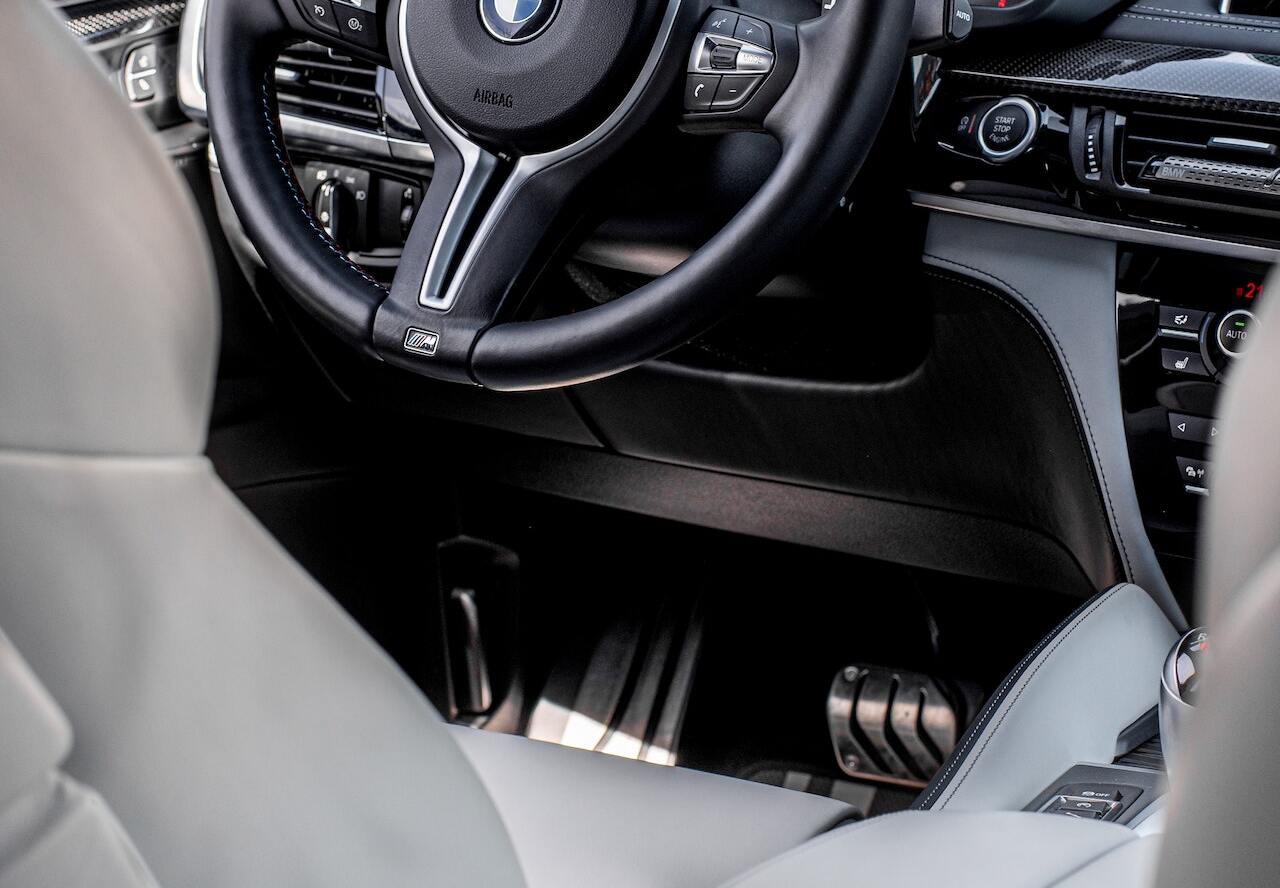How do airbags work?
Airbags are among the most important safety features in cars and play a crucial role in protecting occupants during an accident. But how do these inflatable cushions work exactly? In this blog, we will discuss the operation of airbags and what happens when they are activated. From the sensors that trigger the airbags to the materials used to make them – we will take an in-depth look at how this essential safety feature functions to protect occupants during an accident.

What is an airbag?
An airbag is an inflatable cushion located inside a vehicle’s interior, which automatically inflates during a collision or impact to protect the occupants from injury. Airbags were designed in the 1980s to absorb the force of a collision and safeguard occupants from harm. The use of airbags in cars is now a global standard in nearly all new vehicles. It is one of the most crucial safety features found in modern automobiles.
The cushion is made from strong woven nylon designed to expand and inflate into a large cushion when activated. This inflation is achieved using a special chemical substance, typically potassium nitrate, which rapidly reacts and generates gas to fill the cushion when heated. When a collision or impact occurs, sensors within the vehicle are triggered, and the gas inside the cushion is rapidly released, inflating the cushion to protect the occupants from severe injuries. The airbag is engineered to absorb and distribute the forces generated during a collision over a larger surface area, significantly reducing the risk of injury.
How does an airbag work?
When a car is involved in a collision, a signal is sent to the airbag module to deploy the airbag. This signal is transmitted by a crash sensor installed in the vehicle. When the sensor detects a collision, it sends a signal to the airbag control system.
The airbag control system
The airbag control system consists of several components, including the crash sensor, the airbag computer control system, and the airbag itself. The system analyses the data collected by the crash sensor and then calculates the force of the collision and the location of the occupants.
The airbag itself
The airbag is made of a strong and flexible material and is designed to inflate rapidly when activated. It is filled with nitrogen gas and can inflate in less than a tenth of a second.
Airbags for different parts of the car
Airbags are designed to protect various parts of a vehicle. In most cars, there are at least two airbags: one for the driver and one for the front passenger. However, there are also side airbags and rear-seat passenger airbags, depending on the specific model and manufacturer. Some cars even have airbags designed to protect the driver’s and passengers’ knees in the event of an accident. For instance, side airbags in a car are intended to safeguard occupants from injuries resulting from side collisions. In the event of a side collision, the airbag inflates rapidly to prevent the occupant’s head and upper body from hitting the door or window.
The importance of wearing a seatbelt
An airbag is designed as an additional safety feature to complement a vehicle’s seatbelt, not as a replacement for it. An airbag provides protection in a collision by surrounding occupants with a cushion of gas, preventing them from being thrown against the windshield, dashboard, or other parts of the interior. On the other hand, a seatbelt ensures that occupants stay in place and prevents them from being ejected from the vehicle in the event of a collision or sudden stop. It’s important to note that an airbag inflates very quickly and sometimes with significant force during an accident, meaning that without a seatbelt, it can even cause injury instead of providing protection. To maximize the safety of occupants, airbags should be used in conjunction with seatbelts.
Conclusion
In summary, airbags are a crucial safety feature that has saved countless lives and prevented serious injuries since their introduction in the 1980s. Thanks to continuous improvements in technology and design, airbags are becoming increasingly effective and efficient in protecting occupants during accidents. It’s important to remember that airbags are just one component of a comprehensive safety system in a car. Wearing a seatbelt remains the first and most important line of defense in an accident. By understanding how airbags work (and how they work in conjunction with other safety features), we can all contribute to improving our safety on the road.
If you want to know if your airbags are working properly, contact Airbagbank.eu for a checkup.


